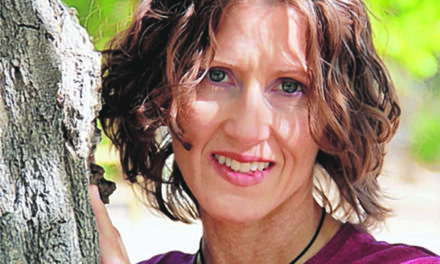first person

Richard Melzer

Dr. Martin Luther King Jr.
Dr. Martin Luther King Jr. was a 26-year-old Baptist minister at the cusp of his career as a civil rights leader when Emmett Till was brutally murdered in rural Mississippi on Aug. 28, 1955.
Like most Americans, King was appalled by the news that Till, a Northern Black teenager visiting relatives in the Deep South, was killed by two white men who accused him of making blatant advances on a white woman at work in a grocery store.
In King’s words, Till’s murder must be considered “one of the most brutal and inhuman crimes of the twentieth century.”
King and most of the nation were also appalled when Till’s murderers were acquitted by an all-White male jury that took just 67 minutes to reach its verdict. Protected against double jeopardy, the killers later admitted their guilt, with one telling a Look magazine reporter that “when a (racial epithet) gets close to mentioning sex with a White woman, he’s tired o’ livin’. I’m likely to kill him.”
Emmett Till’s murder had a great impact on Dr. King and the entire civil rights movement of the 1950s and 1960s. Hundreds of other lynchings had occurred in the South, but victims in the 20th century had never been so young, just 14.
The ghastly crime had an even greater impact because of what Till’s mother, Mamie Till, did when the boy’s body was returned for burial in his hometown of Chicago. While others tried to convince Mamie that her son’s beaten body should not be seen at his funeral, Mamie insisted that it must be viewed so the world could “see what they did to my baby.” If the courts refused to acknowledge the brutality of Till’s death, then Mamie sought justice in the only court still available to her: the court of public opinion.
Newspapers and magazines covered the trial and reported on Mamie’s resolve to have an open casket. The nation’s most important Black publications, the Chicago Defender and Jet magazine, printed photos of Till’s mutilated corpse.
Emmett Till’s death and Mamie’s brave decision have largely been forgotten until the recent release of a motion picture simply titled “Till.” The movie tells the story of Emmett’s murder, but focuses on Mamie’s decision to have an open casket at her son’s funeral so that the truth would not be concealed.
Thousands attended Emmett’s funeral and viewed his badly beaten body. Millions more heard of Mamie’s courageous act on behalf of her son, racial justice and the fledgling civil rights movement.
On March 29, 2022, almost 67 years after Emmett’s death (ironically, a year for every minute a White jury took to acquit his killers), the Emmett Till Antilynching Act, which makes lynching a federal hate crime, was enacted. Two hundred anti-lynching laws had been proposed before this act finally became law.
As we celebrate Martin Luther King Jr. Day, we need to remember not only Dr. King, but also the many other brave men and women who started and propelled the movement when others chose to simply ignore or cover up the horrors of racism.
Even Mamie Till once recalled that “When something happened to the Negroes in the South I said, ‘That’s their business, not mine.’ Now I know how wrong I was. The murder of my son has shown me that what happens to any of us anywhere in the world had better be the business of all of us.”
(The 29th annual celebration and remembrance of Dr. Martin Luther King Jr. community solidarity and candlelight vigil will be held at 6 p.m., Monday, Jan. 16, at the Belen Public Library. The event is sponsored by the city of Belen’s Dr. Martin Luther King Jr. Multicultural Commission. Please remember and try to abide by the commission’s motto: Living the Dream; Let Freedom Ring; Building Bridges for Unity and Understanding.)

Richard Melzer, guest columnist
Richard Melzer, Ph.D., is a retired history professor who taught at The University of New Mexico–Valencia campus for more than 35 years. He has served on the board of directors of the Valencia County Historical Society for 30 years; he has served as the society’s president several times.
He has written many books and articles about New Mexico history, including many works on Valencia County, his favorite topic. His newest book, a biography of Casey Luna, was published in the spring of 2021.
Those interested in joining the Valencia County Historical Society should contact Dr. Melzer at [email protected].















